News Beat
News Beat reporting is an idrw.org initiative to let our Readers to report News Based on Actual facts but some how has not been reported in Main Stream Media .
SOURCE: RAUNAK KUNDE / NEWS BEAT / IDRW.ORG
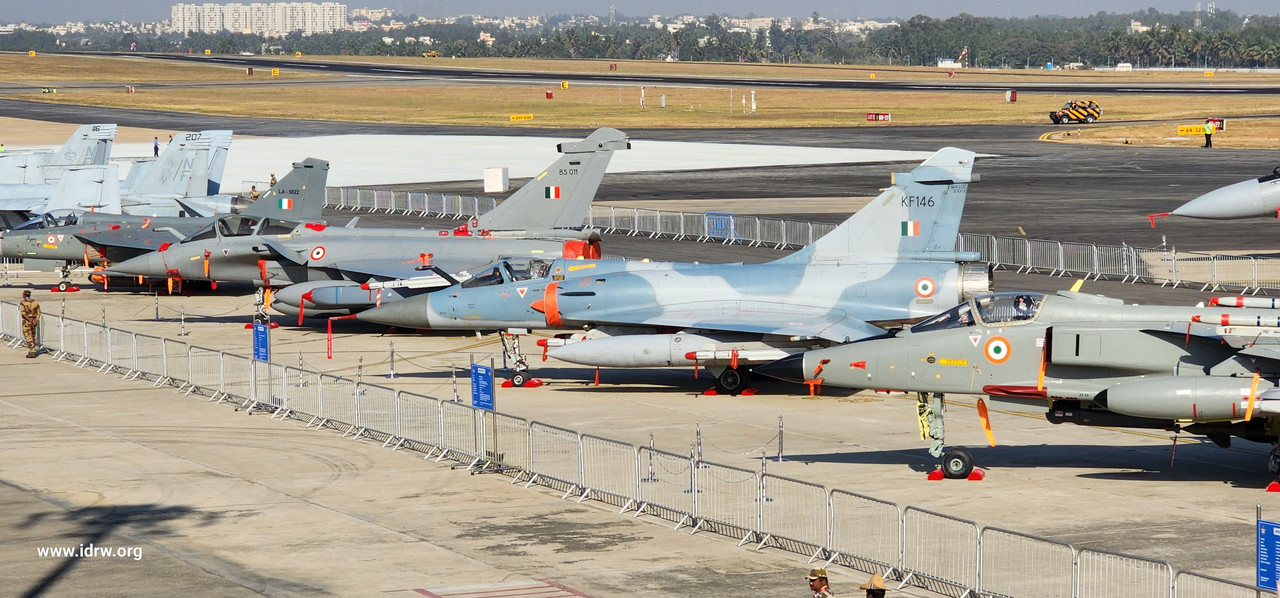

Dassault Maintenance and Repair Organisation, India (DAMROI) is set to significantly bolster the Indian Air Force (IAF) with the establishment of a new maintenance hub in Noida, Uttar Pradesh. This state-of-the-art facility will specialize in servicing the IAF’s fleet of Mirage-2000 and Rafale fighter jets, promising faster turnaround times and cost-efficiency.
Currently, the IAF operates around 50 Mirage-2000 aircraft, acquired in the 1980s, and two squadrons of 36 Rafale jets, recently inducted into service. The new DAMROI facility will play a crucial role in ensuring the optimal operational readiness of these fighter aircraft.
Continue readingSOURCE: RAUNAK KUNDE / NEWS BEAT / IDRW.ORG


Rekise Marine Private Limited has secured a significant contract under the Indian Navy’s iDEX Aditi 1.0 Challenge to develop the Jalkapi Autonomous Underwater Vehicle (AUV). This advanced subsea platform is designed for extended underwater survey missions and can operate for up to 45 days without resupply.
The Jalkapi, with its impressive dimensions of approximately 10 meters in length and 2 meters in diameter, is equipped with a robust suite of sensors including EO/IR cameras, multi-beam echo sounders, and sonar systems. The AUV will also incorporate advanced navigation and obstacle avoidance systems to ensure safe and efficient operations.
Continue readingSOURCE: RAUNAK KUNDE / NEWS BEAT / IDRW.ORG


Noida-based Raphe mPhibr Pvt. Ltd has emerged victorious in the Indian Navy’s iDEX Aditi 1.0 Challenge. The company has been tasked with developing an indigenous high supersonic to hypersonic propulsion system for fixed-wing flying objects such as missiles and aircraft.
This significant win underscores Raphe mPhibr’s expertise in propulsion technology and its potential to contribute significantly to India’s defence capabilities. Developing such a propulsion system is a crucial step towards achieving self-reliance in advanced aerospace technologies.
Continue readingSOURCE: RAUNAK KUNDE / NEWS BEAT / IDRW.ORG


In a significant boost to India’s defence manufacturing capabilities, Russia is set to supply essential metallurgical inputs for the overhaul of the Sukhoi-30MKI fighter jet fleet.
State-owned Hindustan Aeronautics Limited (HAL) will undertake the overhaul process at its facility in Koraput, Odisha. The supply of raw materials and processed components, including superalloys, is crucial for the maintenance and upgradation of these aircraft.
Continue readingSOURCE: RAUNAK KUNDE / NEWS BEAT / IDRW.ORG
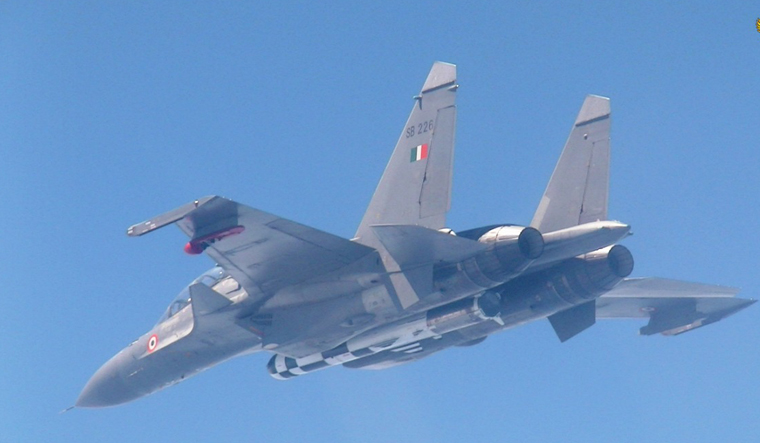

The Royal Malaysian Air Force (RMAF) has expressed keen interest in acquiring India’s BrahMos Air Launched Cruise Missile (ALCM) to bolster its Sukhoi-30MKM fighter fleet. The Mach 3 capable missile, with a range of 290 kilometers, will come as a significant upgrade for the RMAF’s Naval strike capabilities.
However, integrating the BrahMos ALCM into the Su-30MKM platform is not a straightforward process. The Indian Air Force (IAF)’s Su-30MKI had to undertake a complex structural hardening process for its aircraft before carrying the 2.5-ton missile. This involved extensive modifications to the aircraft’s airframe to withstand the immense launch forces.
Continue readingSOURCE: RAUNAK KUNDE / NEWS BEAT / IDRW.ORG


India’s Light Combat Aircraft (LCA) Tejas Mk1A program faces setbacks due to supply chain constraints impacting GE Aerospace’s production of the F404 engines. While GE aims to resume deliveries of the first batch of engines next month, achieving the annual production rate of 16 engines, as per the agreement with Hindustan Aeronautics Limited (HAL), is expected to take significantly longer.
Industry sources close to idrw.org report that GE Aerospace might require an entire year to reach the contracted production rate. The company acknowledges the challenges and anticipates improvement by mid-2025, but a full capacity of 90% is not expected until the end of 2025, with normal operations resuming only in 2026.
Continue readingSOURCE: RAUNAK KUNDE / NEWS BEAT / IDRW.ORG


The Indian Air Force (IAF) is set to breathe new life into its fleet of Mi-26 heavy-lift helicopters after years of grounding. The once-mighty workhorses, essential for airlifting troops and equipment, are undergoing a comprehensive overhaul at the No. 3 Base Repair Depot (BRD) in Chandigarh, with crucial assistance from Russian engineers.
Earlier, these behemoths were to be sent to Russia for maintenance, a process marred by delays that led to their technical life expiring. To address this, the IAF opted for a domestic overhaul, leveraging the expertise of Russian Original Equipment Manufacturer (OEM) engineers on Indian soil. A meticulous process of dismantling, inspection, and replacement of worn-out components is underway, aiming to extend the helicopters’ operational life by another decade.
SOURCE: RAUNAK KUNDE / NEWS BEAT / IDRW.ORG
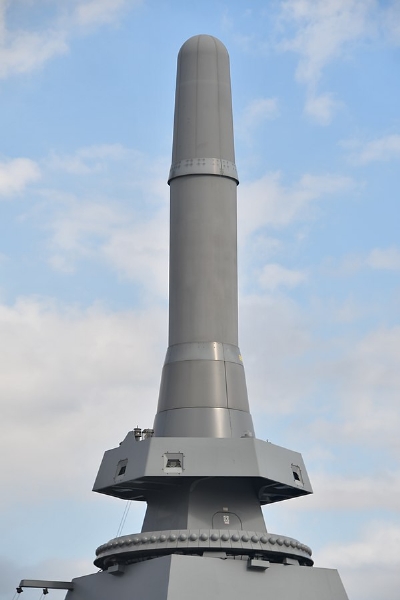

In a significant boost to India’s maritime capabilities, Japan is set to supply advanced naval ship antennas to its Quad ally. Developed by NEC and other Japanese companies, the NORA-50 antennas are renowned for their ability to rapidly detect missiles and drones, a critical capability in modern naval warfare.
These cutting-edge antennas, currently deployed on Japan’s most advanced escort ships, offer a unique combination of functionalities. Integrated into a single, horn-shaped structure, they house multiple antennas for tactical data link, TACAN, and communication purposes. This design significantly reduces the radar cross-section (RCS), making the equipped vessel harder to detect by enemy radar systems.
Continue readingSOURCE: RAUNAK KUNDE / NEWS BEAT / IDRW.ORG


Prime Minister Narendra Modi and his Vietnamese counterpart Pham Minh Chinh have reaffirmed their commitment to strengthening the India-Vietnam Comprehensive Strategic Partnership, recognizing the growing importance of closer cooperation in the current geopolitical landscape. During their meeting, the two leaders identified numerous areas for enhanced collaboration, with a particular focus on defence and security.
A key highlight of the discussions was India’s proposal to offer Vietnam the technology transfer for the production of the Akash 1S air defence system. This advanced weapon system, already in service with the Indian Army and Air Force, has proven its effectiveness in multiple operational scenarios. By offering technology transfer (ToT), India aims to bolster Vietnam’s defence capabilities and deepen bilateral defence cooperation.
Continue readingSOURCE: RAUNAK KUNDE / NEWS BEAT / IDRW.ORG
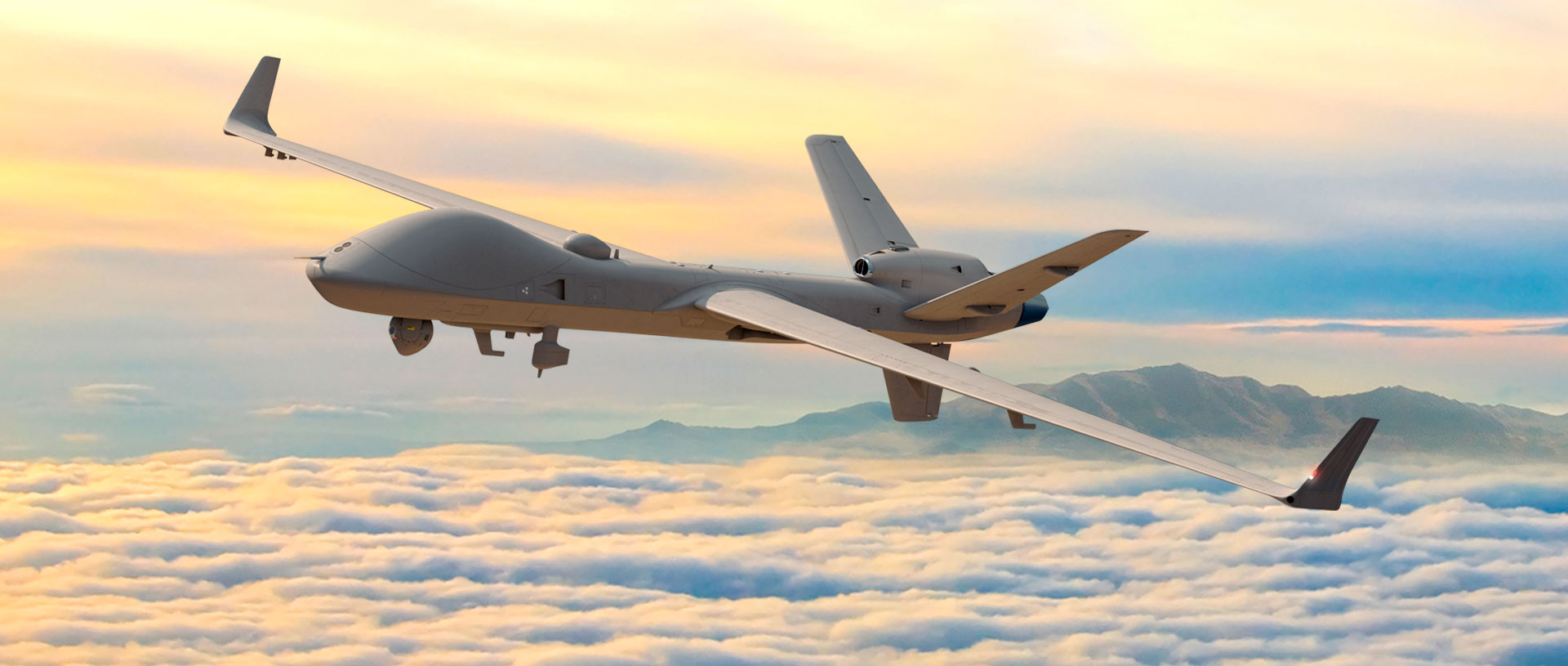

In a significant development, General Atomics has agreed to increase the Indian content in its MQ-9B HALE UAVs from the initial 7-8% to a substantial 16-20%. This decision comes after the Indian Ministry of Defence expressed dissatisfaction with the earlier level of indigenous content.
India is in the process of acquiring 31 MQ-9B UAVs for its tri-services, a deal valued at over $3 billion. The increased focus on indigenous content is in line with the government’s ‘Make in India’ initiative, aimed at boosting domestic manufacturing and reducing reliance on imports.
Continue readingSOURCE: RAUNAK KUNDE / NEWS BEAT / IDRW.ORG
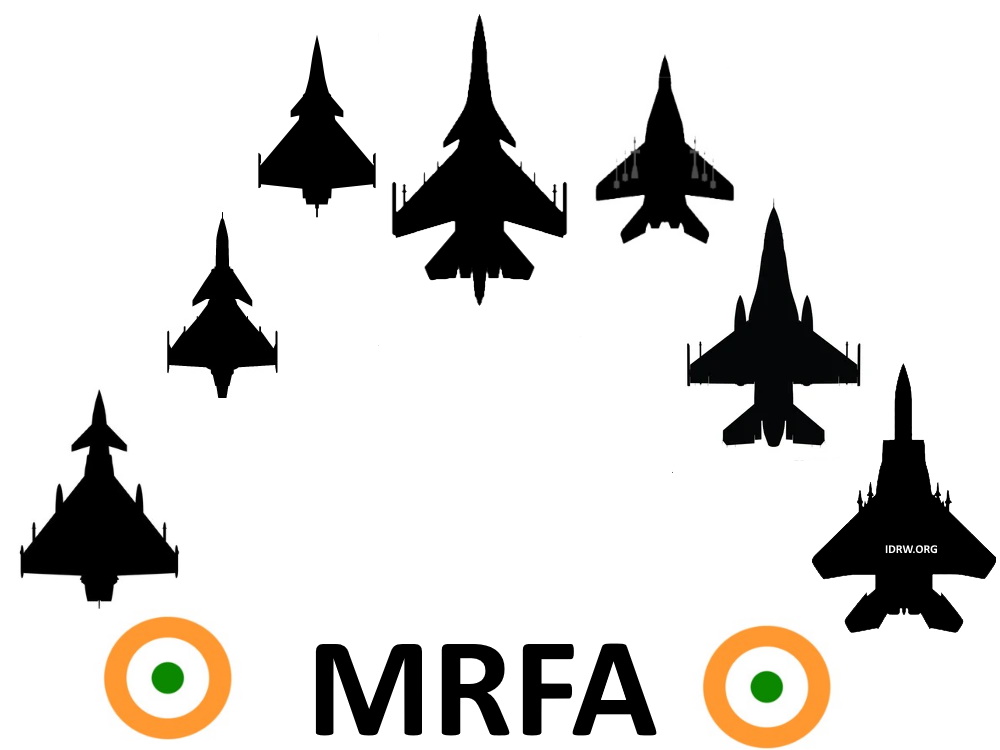

The Indian Air Force’s (IAF) ambitious plan to acquire 114 new fighter jets through the Multi-Role Fighter Aircraft (MRFA) program faces a significant hurdle: global supply chain disruptions. This critical issue is impacting the production rates of existing fighter jets and affecting the availability of engines that power them.
International aerospace companies are grappling with a shortage of special alloys, a key component in fighter jet manufacturing. This shortage has led to production slowdowns for current fighter jet programs, potentially impacting timelines for the MRFA tender.
Continue readingSOURCE: RAUNAK KUNDE / NEWS BEAT / IDRW.ORG
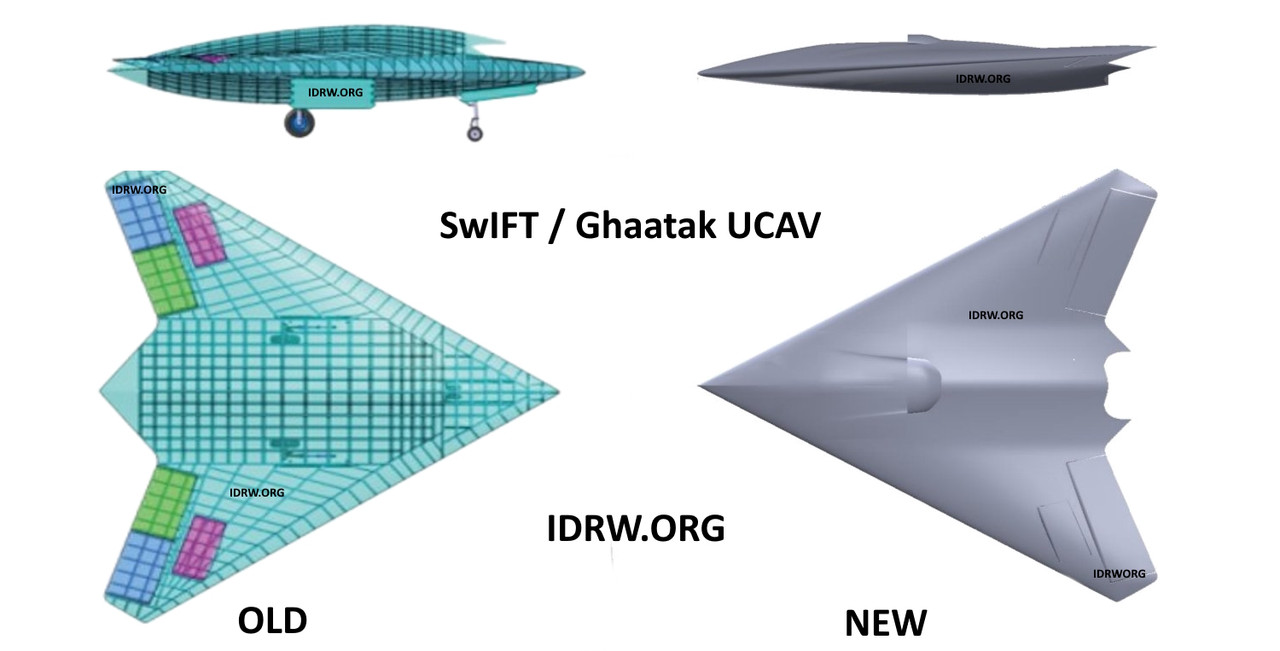

The Indian Air Force (IAF) has given the green light to a proposal by the Defence Research and Development Organisation’s (DRDO) Aeronautical Development Establishment (ADE) to transform its SWIFT UAV technology demonstrator into a full-fledged mini-UCAV bomber program.
Originally conceived as a 1-ton technology demonstrator for the larger Ghatak UCAV, the SWIFT UAV has rapidly evolved due to the increasing significance of unmanned aerial vehicles (UAVs) in modern warfare. The ADE’s proposal to convert it into a mini-UCAV bomber is a strategic move to bolster India’s aerial capabilities.
Continue readingSOURCE: RAUNAK KUNDE / NEWS BEAT / IDRW.ORG


A French Air Force Rafale fighter jet that encountered technical difficulties during the recent Tarang Shakti exercise in Tamil Nadu was rapidly returned to service thanks to the robust cooperation between India and France.
The unexpected repair was made possible through the Mutual Logistics Support Agreement (MLSA) signed by the two countries. This strategic partnership allows for the sharing of logistics and services between the armed forces of both nations.
Continue readingSOURCE: RAUNAK KUNDE / NEWS BEAT / IDRW.ORG


The Indian Air Force’s Sukhoi-30MKI, a formidable asset, is set to undergo a transformative upgrade, dubbed the “Super Sukhoi”. This ambitious project, which has been in the works for over a decade, aims to elevate the aircraft’s capabilities to rival and surpass its Chinese counterpart, the J-16.
Initially envisioned as a beneficiary of the now-defunct Fifth Generation Fighter Aircraft (FGFA) program with Russia, the Super Sukhoi’s development trajectory shifted when India opted out. Russia subsequently proposed the Su-30SM upgrade, featuring the potent AL-41F engine. However, India has charted its course, prioritizing indigenous technology.
Continue readingSOURCE: RAUNAK KUNDE / NEWS BEAT / IDRW.ORG

In a significant stride towards enhancing the survivability of its armoured forces, the Defence Research and Development Organisation (DRDO) is actively developing an advanced active armour system. This breakthrough technology aims to replace the traditional passive steel plates on tanks and armoured personnel carriers with a more dynamic defensive shield.
India’s Armoured fleet, comprising over 3,500 tanks including Indigenous Arjun and Russian-origin T-72 and T-90, is set to benefit from this cutting-edge development. The core concept revolves around equipping these vehicles with sensors capable of detecting incoming anti-tank missiles, whether launched from the air or ground. Once a threat is identified, the system will autonomously deploy countermeasures to neutralize the rocket.
Continue reading